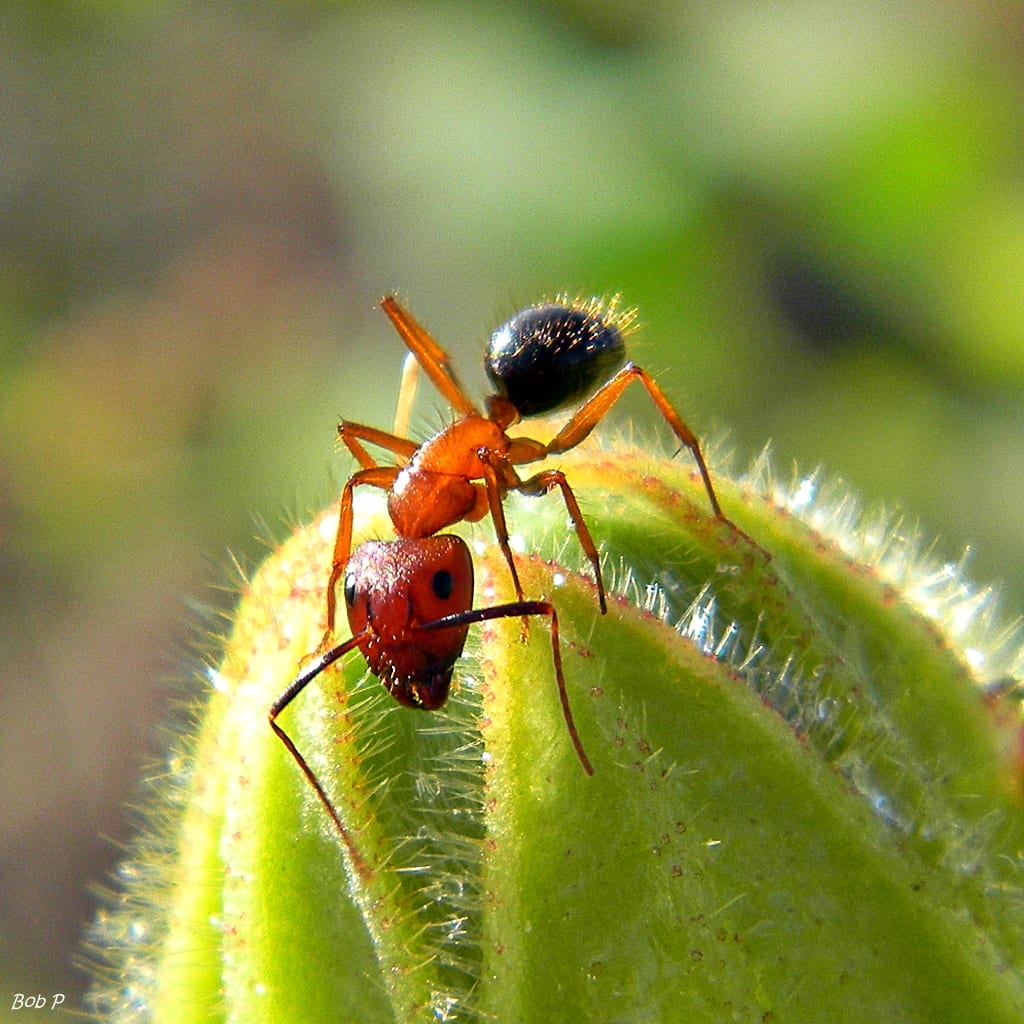
Drugs. Whether or not we like to admit it, drugs play a big role in our everyday lives. For some of us, that drug could be the caffeine in our morning coffee. For others, that drug is the insulin needed to survive. Doctors routinely prescribe drugs to treat everything from cancer to the common cold. But when drug use goes beyond treatment and becomes drug abuse, there can be big consequences.
One group of drugs that is closely associated with abuse is opioids. Opioids are commonly used as pain medicines like codeine, hydrocodone, and morphine. The street drug heroin belongs to this group as well. According to the American Society of Addiction Medicine, there were over twenty-seven thousand deaths in the United States in 2014 from opioid overdose, making this the leading cause of accidental death in the country.
The more we can understand about the nature of addiction, the closer we can get to treating it. Sometimes to tackle a big problem we have to think small – as small as an ant. A recent study published by the Journal of Experimental Biology looks at ants as the next model for looking closer at drug addiction.
Most of us think of ants as picnic spoilers and mound makers, but these insects have complex social structures. In the same way that people have jobs they do that help society function, ants have their own roles to perform within their society. Those roles come together to make the group function as a whole. The similarity between ants and ourselves doesn't end with social responsibility; our brains have a few similarities too. Both ants and humans have brain chemicals that perform the duty of making us feel pleasure and reward. Those chemicals play a huge role in drug addiction.
When the University of Scranton researchers tested how addiction works in ant brains, they looked at both behavior and chemicals. They exposed ants to the opioid morphine and then gave those same ants a choice between morphine and sugar. The ants went for the drug over the sweet stuff.
How did the researchers determine that those ants were addicted? One of the pleasure and reward chemicals mentioned above is called dopamine. This same compound is released in the brain of an addict when they take a drug, telling the addict that the drug makes them feel good. After the ants in the study were given a choice test between morphine or sugar, researchers chemically analyzed their brains. The ants that chose the morphine had nearly twice as much dopamine in their brains than the other ants. Brian Entier and his colleagues at the University of Scranton feel this is evidence that ant addictions are a good model for studying human addictions.
There is still plenty of research to be done, but Entier and his colleagues may have opened up new avenues of study on addiction. Coupled with what we already know about spiders on drugs and what we're learning about honey bees and cocaine, drug research continues to move toward solutions, with the help of our tiny friends.
Featured Image: Ant Dinner is Served! by Gio Diaz via Flikr
 |
Jennifer Parrilli is an Odum School of Ecology undergraduate at UGA and a transplant from Denver, Colorado. In addition to studying ecology, anthropology, entomology, and mycology, she is a confirmed Harry Potter fanatic and craft beer enthusiast. She can be found on campus, digging up mushrooms or volunteering at the Georgia Museum of Natural History. You can contact Jennifer at ch1b1@uga.edu. More from Jennifer Parrilli. |
About the Author
- athenssciencecafehttps://athensscienceobserver.com/author/athenssciencecafe/April 17, 2020
- athenssciencecafehttps://athensscienceobserver.com/author/athenssciencecafe/April 12, 2020
- athenssciencecafehttps://athensscienceobserver.com/author/athenssciencecafe/April 3, 2020
- athenssciencecafehttps://athensscienceobserver.com/author/athenssciencecafe/March 30, 2020







